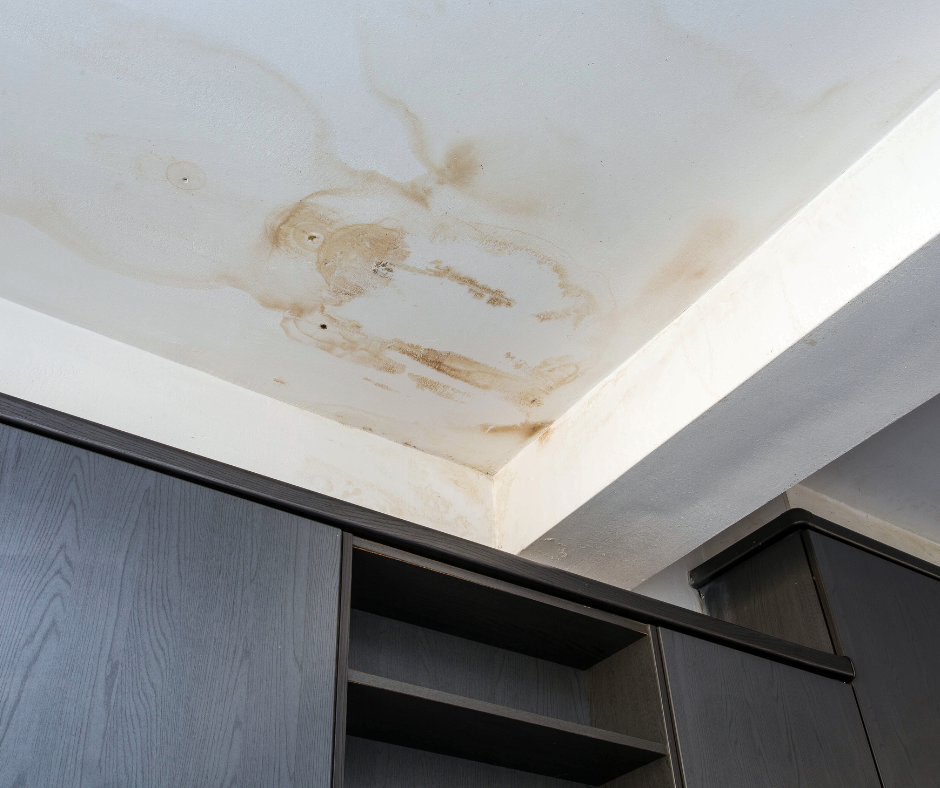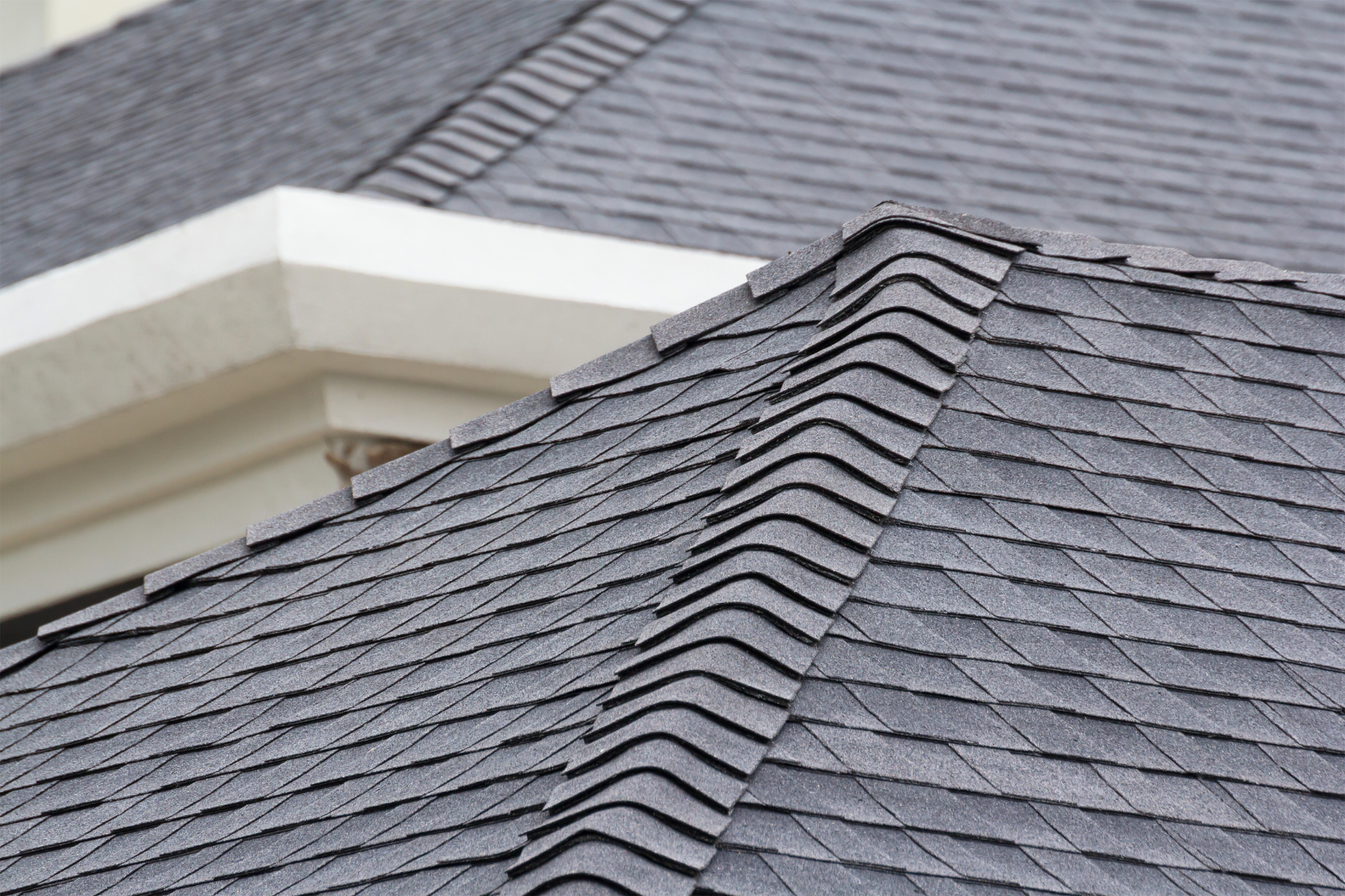Flat Roofs in Chicago
What Homeowners Need to Know
Maintenance, materials, and when it's time to replace
If you've walked through neighborhoods like Logan Square, Humboldt Park, or Pilsen, you've probably noticed how common flat roofs are in Chicago. They're found on everything from older bungalows to modern homes, and there's good reason for their popularity.
But owning a flat roof in Chicago comes with some unique considerations. Between our lake-effect snow, heavy summer rains, and temperature swings, flat roofs need thoughtful maintenance to perform their best. If you're a homeowner with a flat roof—or considering a home that has one—here's what you should know.
Why Flat Roofs Are So Popular in Chicago
Flat roofs became a staple of Chicago architecture for practical reasons. They're more cost-effective to build, easier to access for maintenance, and make efficient use of space—especially important on narrow city lots. They've been a common choice for over a century.
However, flat roofs do require more attention than pitched roofs, particularly when it comes to water drainage. Understanding this upfront can help you maintain your roof properly and avoid bigger issues down the road.
Common Flat Roofing Materials in Chicago
The type of material on your flat roof makes a significant difference in its performance and maintenance needs. Here are the three most common options you'll find in Chicago:
Modified Bitumen consists of rubberized asphalt layers that are rolled out and heat-sealed. It's durable and cost-effective, making it a popular choice for many homeowners.
EPDM (Rubber Membrane) is a synthetic rubber material, typically black, that's commonly used on both residential and commercial buildings. It's known for its longevity when properly maintained.
TPO (Thermoplastic) is a white, reflective membrane that's become increasingly popular in recent years. Its energy-efficient properties can help reduce cooling costs during Chicago's hot summers.
Each material has its advantages, but all require proper installation and regular maintenance to perform well in Chicago's climate.
The Challenge of Standing Water
One of the biggest concerns with flat roofs is water drainage. Unlike sloped roofs that naturally shed water, flat roofs rely on proper drainage systems to move water away effectively. When water pools on your roof, it can lead to several problems:
- Blistering or bubbling in the roofing material
- Mold growth beneath the surface
- Structural damage to the roof deck
- Interior leaks that can damage your home
To prevent these issues, make sure your roof has functioning drainage through scuppers, internal drains, or gutters. Regular inspections, especially in spring and fall, can help you catch drainage problems early. Keeping debris clear from drainage points is also essential—something as simple as fallen leaves can cause water to back up.
And while we’re on the topic of surfaces and water management, it’s worth considering the condition of your driveway or walkway. Just like your roof, your home’s asphalt paving plays a crucial role in drainage and curb appeal. Cracks, pooling water, or uneven surfaces are more than cosmetic issues—they can signal deeper problems and create hazards over time. Regular maintenance and professional asphalt repair or resurfacing can extend the life of your pavement and help prevent costly replacements.
How Chicago Weather Keeps Roofers in Business
Our weather is basically a stress test for flat roofs:
Winter brings snow that piles up and adds weight, plus ice that melts and refreezes in all the wrong places. Summer delivers thunderstorms that can dump inches of rain in minutes, plus UV rays that slowly cook your roofing materials. Spring and fall? Well, that's when we get a little bit of everything, sometimes in the same day.
The point isn't to scare you—it's to help you understand why flat roofs in Chicago need a little more attention than they might in, say, Arizona.
Red Flags: When Your Roof Is Trying to Tell You Something
Your roof is pretty good at communicating when something's wrong. You just need to know what to look for:
If you're seeing water stains on your ceiling or walls, that's your roof's way of saying "Help!" Cracks in the roofing material, soft or squishy spots when you walk on it, or energy bills that suddenly spike—these are all signs that your roof needs some TLC.
The tricky thing about flat roof problems is they often start small and then get expensive fast. That tiny crack you ignore in May can become a major leak by December.
The Secret to a Happy Flat Roof: Don't Ignore It
Here's what I tell all my neighbors with flat roofs: a little prevention goes a long way. You don't need to become a roofing expert, but you should have someone who knows what they're looking at check things out at least once a year.
Keep those drains clear, sweep off the big debris after storms, and don't wait to call a professional if something looks off. Think of it like going to the doctor for a checkup—much better to catch small issues early than deal with big problems later.
Your flat roof can protect your home for decades, through lake-effect blizzards and summer storms alike. It just needs you to pay attention and give it the care it deserves.
If it's been a while since someone took a good look at your roof, or if you're seeing any of those warning signs we talked about, don't put it off. A quick conversation with us can save you a lot of headaches (and money) down the road so contact us today to get your flat roof seen to.
Ready to work with OverWatch Roofing Cicero?
Let's connect! We’re here to help.
Or give us a call today at 708-729-5911



